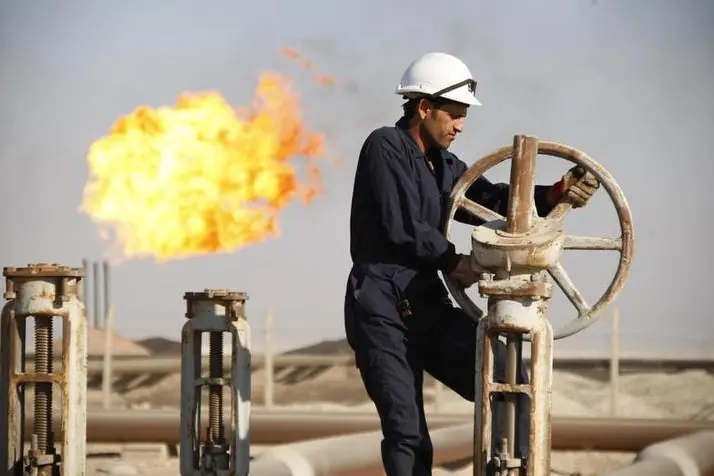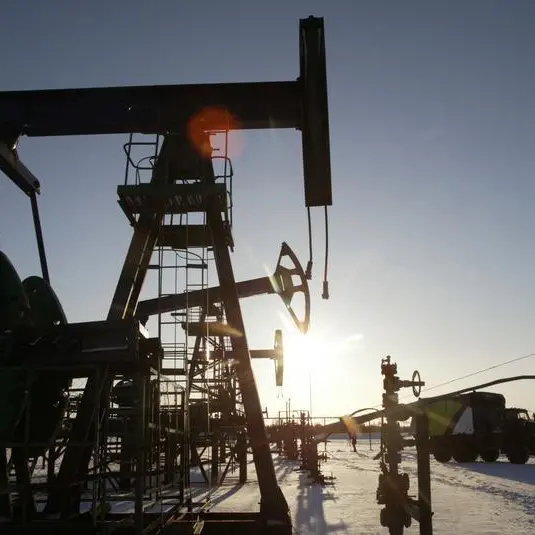PHOTO
OPEC+ oil producers are set to meet on Thursday having postponed a November 26 meeting with group sources saying production targets were one of the key flashpoints of disagreement.
WHY ARE QUOTA DISCUSSIONS SO FRAUGHT?
OPEC+ negotiations over production quotas have often been difficult in the past.
Oil production tends to vary month by month, making it difficult to fix on a permanent production target.
So the higher a production reference level a country can negotiate, the less it actually has to cut to comply with its targets.
WHAT DID OPEC+ AGREE AT ITS LAST MEETING?
At its previous meeting in June 2023, after long negotiations, OPEC+ agreed a complex deal that revised production targets for several members.
The June changes allowed the United Arab Emirates to add 200,000 barrels per day (bpd) to a new target of 3.219 million bpd for 2024.
The country plans to raise its oil production capacity to 5 million bpd in 2027 from about 4 million currently and has repeatedly complained it wasn't able to fully utilise its capacity while other members underproduced.
African producers Nigeria, Angola, however, were among several countries, given lower targets after years of failing to meet the previous ones.
The two countries produced below targets because of underinvestment and security issues.
Angola had its target cut in June to 1.28 million bpd from the previous 1.45 million bpd, Nigeria saw its target reduced to 1.38 million from the previous 1.74 million.
WHAT WERE THE CAVEATS IN THE AGREEMENT?
OPEC's has tasked three independent consultancies- IHS, Rystad Energy and Wood Mackenzie - to verify production figures for those countries for the rest of 2023 and report them at the next meeting at the end of this year.
Angola will only be allowed to keep its new reference output level if the three sources can verify it, OPEC has said.
The required production level for Congo and Nigeria may be updated to equal the average output they can achieve in 2024, as assessed by the three independent sources, OPEC has said.
Nigeria will be allowed a higher production target for 2024 of 1.58 million bpd, if the three consultancies can confirm its capacity to produce at this level.
"With a new president in place and mounting economic concerns, we think Nigeria will make an assertive case for higher 2024 production numbers in the coming days," RBC Capital Markets analyst Helima Croft said in a note on Thursday.
"However, it may be more difficult to bridge the gap with Angola which has been a moodier member of the producer group since it joined in 2007," she added.
WHAT ELSE DID THE JUNE 2023 AGREEMENT STIPULATE?
By the end of June 2024, the three independent sources would also conduct verification of the capacity plans for all OPEC+ members to determine reference production levels for 2025, the June agreement stated.
(Reporting by Ahmad Ghaddar, Alex Lawler, Maha El Dahan, Vladimir Soldatkin and Dmitry Zhdannikov; editing by David Evans)





















